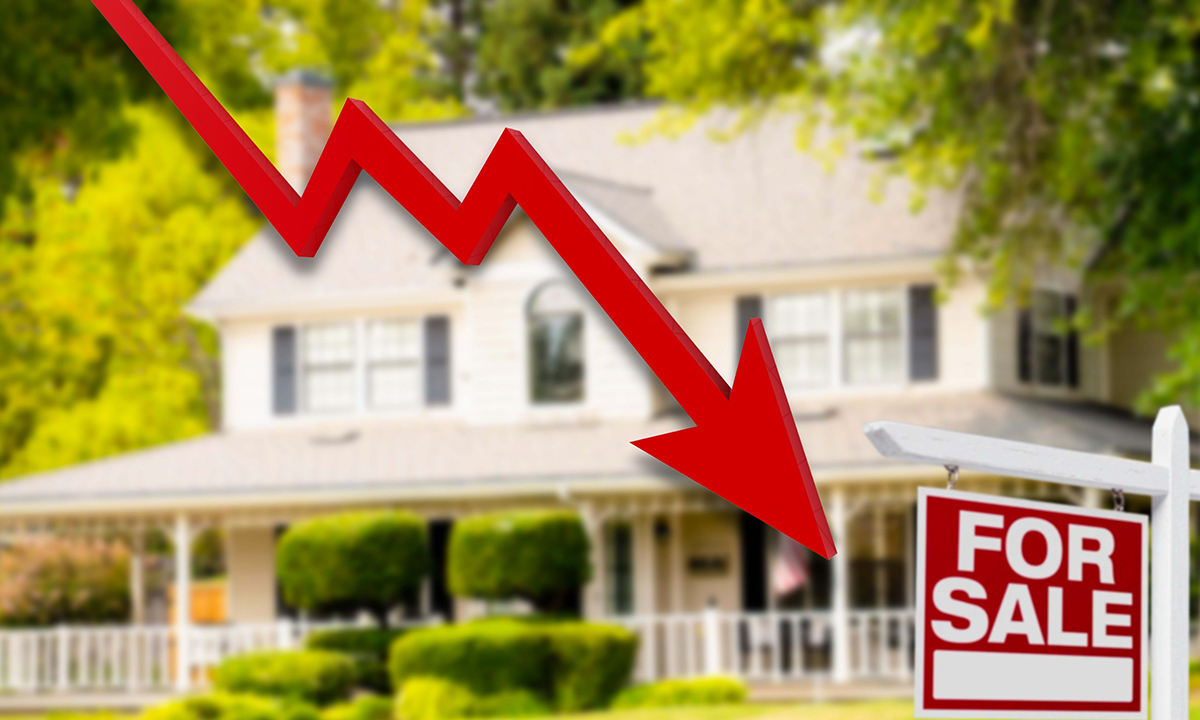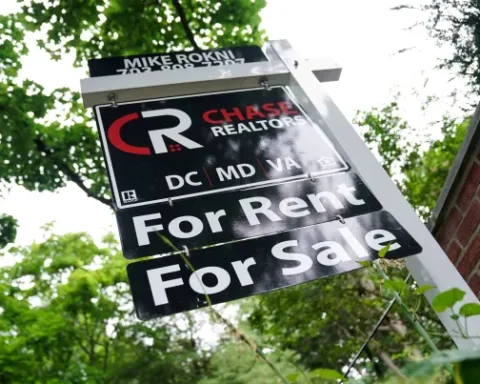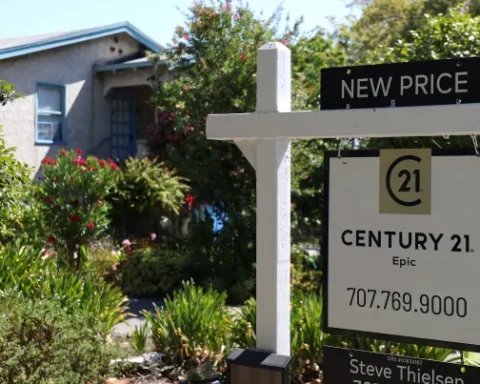The competitive environment in the real estate sector, combined with limited availability, is fuelling a resurgence in housing prices.
In March, the national housing prices were 0.7% above the rates in March of the previous year, as indicated by Tuesday’s S&P CoreLogic Case-Shiller Indices.
Craig J. Lazzara, S&P DJI’s managing director, stated, “In March 2023, we saw a notable acceleration in home price increases from the moderate growth observed a month prior. While two months of rising prices don’t confirm a complete recovery, the data from March suggests the possibility that the home price reduction initiated in June 2022 might have halted.”
The 10-city composite, which encompasses the Los Angeles and New York urban regions, saw a 0.8% annual drop, as opposed to a 0.5% rise in the prior month. The 20-city composite, including areas like Dallas-Fort Worth and Detroit, experienced a 1.1% decline, a drop from a 0.4% yearly gain in the previous month.
Yet, on a month-to-month basis, home prices are rising again. Following seasonal adjustments, prices in March rose by 0.4% at the national level compared to February. Similarly, the 10-city and 20-city composites saw increases of 0.6% and 0.5%, respectively.
Lazzara also pointed out that this upward price trend was visible even at a more detailed level. Before making seasonal adjustments, prices increased in all 20 cities in March, compared to only 12 cities in February. Additionally, all 20 cities reported accelerated price growth between February and March.
Miami, Tampa in Florida, and Charlotte, North Carolina, saw the highest yearly increases among the 20 cities in March. Charlotte took over Atlanta’s third-place position. Compared to the previous year, 19 of 20 cities reported lower prices, with only Chicago showing a slight increase of 0.4%.
Lazzara added, “Our report continues to highlight intriguing regional disparities. As we look further west, prices weaken, with Seattle (-12.4%) now surpassing San Francisco (-11.2%) as the weakest player. Unsurprisingly, the Southeast (+5.4%) remains the strongest region, while the West (-6.2%) is still the weakest.”
While the housing market has experienced various regional shifts, the general trend indicates a halt to the decline in home prices that began in 2022. As noted in the S&P CoreLogic Case-Shiller Indices, this stabilization suggests a promising outlook for the sector. The resurgence of home prices amidst the competition and limited supply marks the dawn of recovery. Still, it remains critical to closely monitor these trends, as regional differences continue to present a complex picture of the housing market in the United States.







